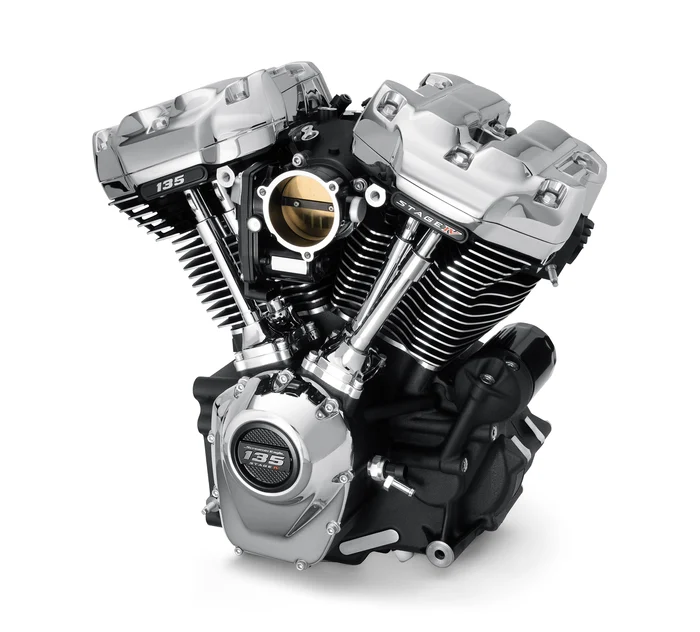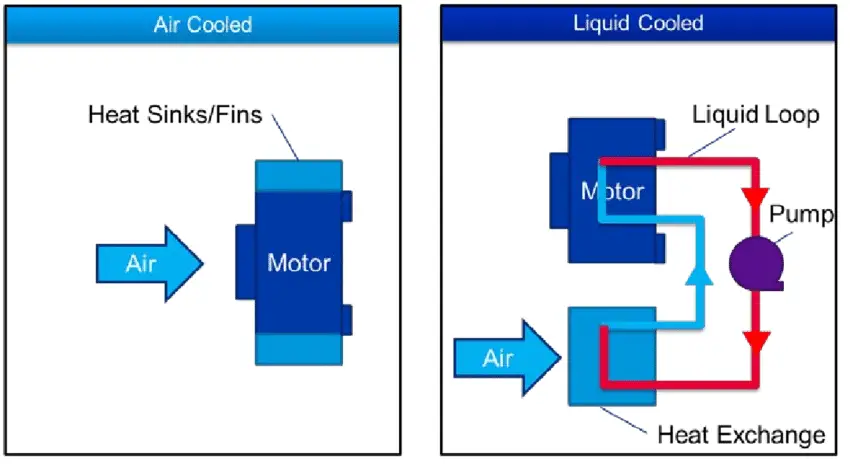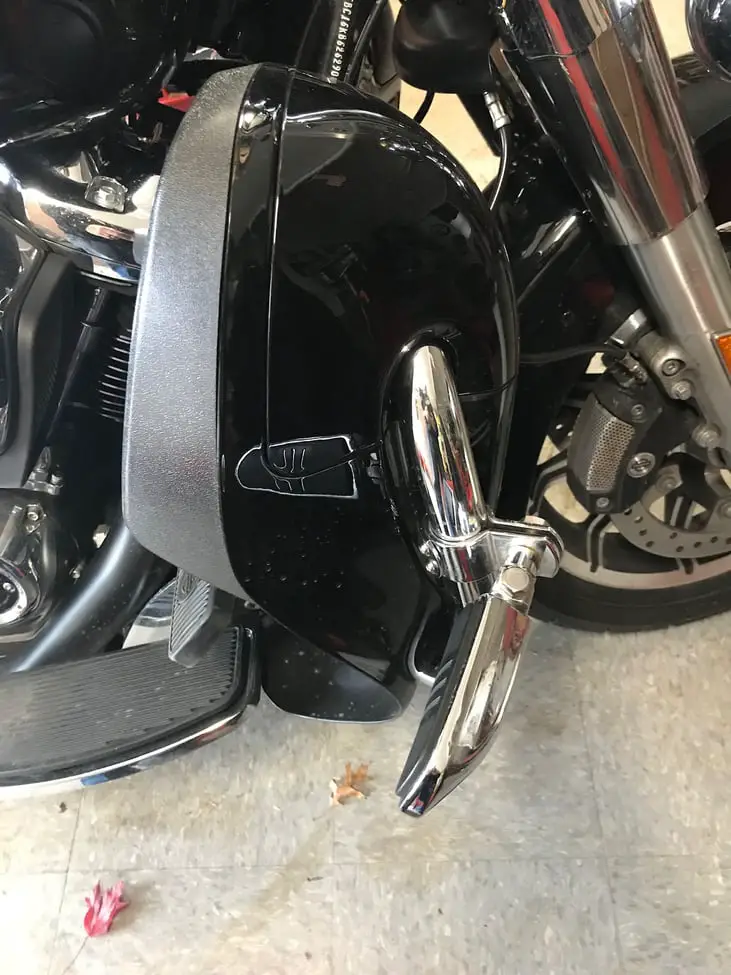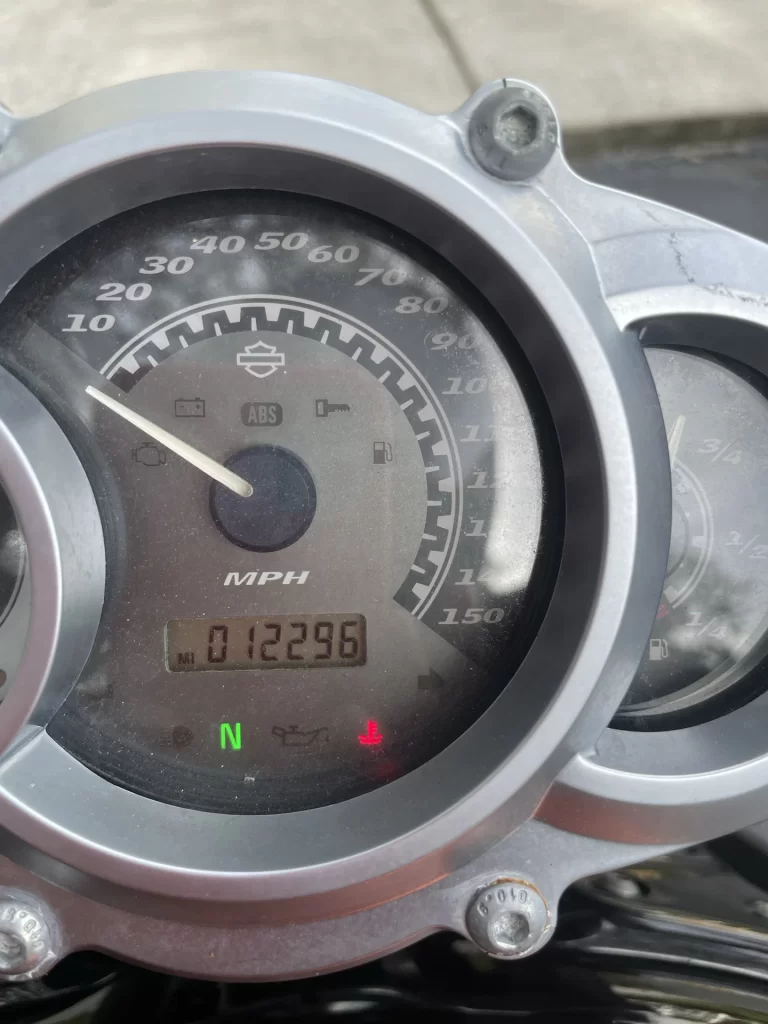The scent of open road on your leather jacket, a powerful engine at your command, and the iconic purr of a Harley Davidson under you – they are benchmarks of freedom and adventure. But what happens when the distinctive growl of your Harley is replaced with the hiss of overheating? Indeed, Harley Davidson overheating problems has been a trending search, indicating many riders are seeking answers.
This article will demystify these issues, clear the hot air of rumors and provide actionable solutions. We’ll also outline what the normal operating temperature for a Harley Davidson should be. So whether you’re a seasoned biker grappling with engine heat or a new owner hoping to stave off potential problems, this guide offers appropriate insights to protect your cherished companion from the perils of overheating. So what’re you waiting for? Buckle up and get ready to master your Harley’s temperature like never before.
How Hot Does A Harley Engine Get?
The temperature of a Harley engine can fluctuate significantly due to its air-cooled nature, making the regulation of heat a challenge. Based on the specific model, the average operating temperature can range anywhere from 200 to 350 degrees. Factors such as bike modifications, ambient air temperature, and installed accessories can influence the engine’s temperature.
How Hot Does An Air Cooled Harley Engine Get?
Air-cooled Harleys, like the original Big Twin engine, rely on ambient air to regulate the engine’s temperature. As the motorcycle moves, air flows across the cylinder fins, reducing the engine’s heat. This system is simple yet effective, with the only drawback being its dependence on the bike’s movement. Therefore, temperature in an air-cooled Harley can soar when idling or moving at slow speeds.

How Hot Does A Liquid Cooled Harley Engine Get?
Liquid-cooled Harleys, including some modern models, use a coolant mixture to regulate engine temperature. This type of cooling allows the engine to maintain a more consistent temperature, irrespective of traffic and weather conditions. Despite being more complex, liquid-cooled engines can provide a solution to the overheating problem in situations where the air movement is minimal.
How Long Can A Harley Idle Before Overheating?
The duration a Harley can idle before overheating depends on various factors, including the type of cooling system and the external environment. However, it’s generally advised not to let it idle for an extended period, especially if the engine temperature rises above 400 degrees.
What’s The Normal Operating Temperature for Harley Davidson Motorcycles?
The normal operating temperature for Harley Davidson motorcycles can vary greatly. Generally, while cruising, the temperature can be expected to be in the 250-280 degree range. When idling, the temperature can reach the higher end of the spectrum. However, these numbers can be influenced by factors such as the type of oil used, the presence of an oil cooler, and the riding conditions.
Air-Cooled vs Water-Cooled Operating Temperatures
Air-cooled engines, due to their dependence on air movement, are more likely to overheat under conditions like slow traffic or heavy loads, causing the temperature to rise rapidly. On the other hand, water-cooled engines can maintain a more consistent temperature, making them less likely to overheat under the same conditions.

Are Water-Cooled Harleys Prone To Overheating?
While water-cooled Harleys are better equipped to handle overheating, they are not entirely immune. Situations like stop-and-go traffic can still cause the engine temperature to rise, potentially leading to overheating.
If you’d like to learn more about air-cooled and liquid-cooled engines, check out this video:
What Are The Main Causes of Harley Davidson Overheating Problems?
Several factors can contribute to a Harley Davidson motorcycle overheating. Some of the primary reasons include:
Aftermarket Fairings Are Blocking Air Flow
In some cases, Harley owners opt to install lower fairings which can sometimes restrict the air flow that would otherwise cool the engine.

Running The Bike Too Hard
Pushing your Harley to extreme speeds for prolonged periods can strain the engine, causing it to heat up faster.
It’s Too Hot Outside
Climatic conditions can significantly influence your bike’s temperature. For instance, riding in a hot climate can make it difficult for the engine to cool down, leading to overheating.
There’s Not Enough Oil In The Bike
Oil plays a crucial role in cooling the engine. Insufficient oil can increase friction between engine parts, leading to overheating.
Related: How To Check Oil On Motorcycle: Guide, Tips & Tricks
Not Enough Coolant In The Bike (For Water-Cooled Harleys)
In water-cooled Harleys, low coolant levels can hamper the heat dissipation process, causing the engine to overheat.
Premature Radiator Fan Failure (In Water-Cooled Harley Davidsons)
This issue is predominantly found in V-Rod models, due to the high performance nature of the engine. However, radiator fans can prematurely fail on any water-cooled bike.
Are There Any Harley Overheating Symptoms To Look Out For?
Identifying Harley overheating symptoms can help you take timely action and prevent extensive damage. Here are some warning signs that your Harley might be overheating:
High-Temp on the Temperature Gauge
A sudden surge in the reading on your Harley’s temperature gauge can indicate overheating.

Water or Steam From The Engine (In Water-Cooled Models)
In liquid-cooled models, steam or water emerging from the engine is a clear sign of overheating.
Sudden Loss of Power
A noticeable decline in your bike’s speed and power could indicate an overheating engine.
Also worth checking: Harley Fuel Pressure Regulator Symptoms: Complete Overview
Engine is Stalling Sporadically
Modern Harley engines are designed to shut down when internal temperatures reach dangerous levels to prevent damage. If your Harley stalls, it could be due to high temperatures.
Difficulty Restarting The Engine
If your bike is struggling to restart, overheating might be the culprit.
Related: Motorcycle Shuts Off While Riding But Starts Back Up (Solved)
What Can You Do When Your Harley Overheats?
If your Harley is overheating, it’s advisable to pull over and turn off the bike. Allow it to cool down for at least 15-20 minutes before attempting to ride it again. Check the coolant or oil levels in the engine and inspect for any leaks or clogged radiators. If the engine continues to overheat, avoid riding the bike as it can lead to extensive engine failure.
What Happens If The Engine Overheats?
Overheating can lead to severe consequences, from causing discomfort during the ride to damaging the engine. Overheating can lead to piston seizure, which can destroy the engine. Therefore, it’s crucial to identify Harley overheating symptoms and take appropriate action to prevent extensive damage.
Related: Harley Davidson Engine Rebuild Cost: How Much? (+Replace?)
Wrapping Up
Riding a Harley Davidson motorcycle is an exhilarating experience. However, it’s crucial to keep an eye on its temperature to prevent overheating and ensure a smooth and safe ride. Understanding the normal operating temperature for Harley Davidson motorcycles, identifying Harley overheating symptoms, and knowing how long a Harley can idle before overheating can go a long way in ensuring your bike’s longevity.